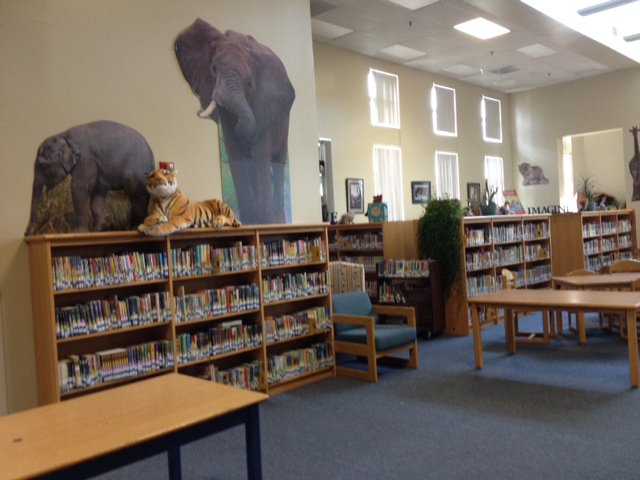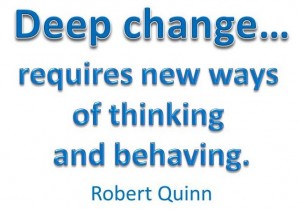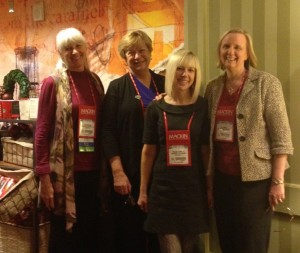As another school year takes shape, with teachers organizing classrooms and lessons, I remember the anticipation for welcoming new and returning students to my library learning space. I couldn’t wait to share new books and other resources with my fresh faced learners. From the first day, I welcomed their questions, and made sure that they knew that the media center was their space for learning. It belonged to them, not me! I said, “Think of it as a candy store for your brain, a space for tinkering with new ideas, and exploring the world. My job is to help you develop a passion for learning, whatever your interests.”
A few years ago, not long after the first week of school, my commitment to a sense of wonder and curiosity was put to the test by an eager third grader who rushed in at 8 AM with several of his friends. He was carrying a plastic container and inside it was the largest, ugliest, most monstrous dead (fortunately for me anyway) insect I had ever seen. The questions came at me fast and furious. “What is it? What does is eat? Is it poisonous? What killed it? Why did I find it in a parking lot? Does it live around here, or how did it get here? “
Talk about your teachable moment! This was the start of something big-a chance to capitalize on student centered motivation for learning. The student and his friends were encouraged by the classroom teacher to spend some class time discovering the answers to their questions. For the next few days, the small group met with me in the media center, and the inquiry took off. The questions that they answered led to more questions and more inquiry. We contacted entomologists, did internet searches, consulted field guides, and encyclopedias. Their interest exceeded their reading levels, but that did not hold them back from learning. It was amazing to observe their natural collaboration. They divided up tasks, reported back to each other, kept track of their findings, and then did a short presentation to their classmates. All I did was to guide them a bit to resources and to facilitate questions that required some reflection about their learning.
If we promote the school library space as a learning environment, not just a room with four walls and print resources, we also have to promote inquiry. The two go hand in hand. Students need opportunities to follow their interests and passions, and professional teacher librarians are trained as information and literacy specialists who can accommodate both planned and just in time learning. With increased emphasis on teaching to standards, many schools have less time in the daily schedule for individual inquiry projects, so here is an opportunity for those of us in the field. Providing space, resources, and guidance for inquiry, teacher librarians can collaborate with colleagues to assure that students have the chance to activate their sense of wonder.
Recently, educational websites and bloggers have been focusing on excellent tips for teachers in a new school year. There are many wonderful and powerful ideas that we can find through social media. I really appreciate that Kristin Fontichiaro is willing to share her presentations and professional development work through her blog, Active Learning. She has given access to the slides and support materials on inquiry based learning (with Debbie Abliock) for a school district in Texas. Even if you did not attend, you can get some ideas for adapting inquiry to your own curriculum, and it is a great resource. I am including the link here. Be sure to check out her past posts, too!
Meanwhile, what do you see, think, and wonder about that big scary bug?
Resources:
Fontichiaro, Kristin. Hello, Denton ISD! Active Learning. (Aug. 20, 2014). Weblog. http://www.fontichiaro.com/activelearning/2014/08/20/hello-denton-isd/
Image: giant water bug.jpg http://life.illinois.edu
.






